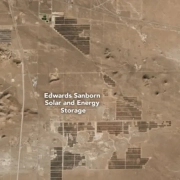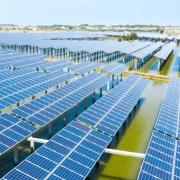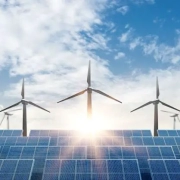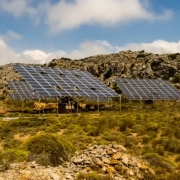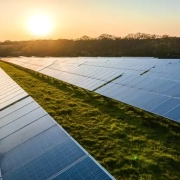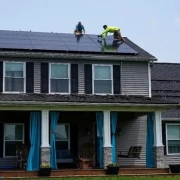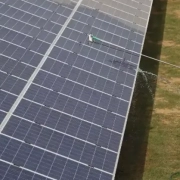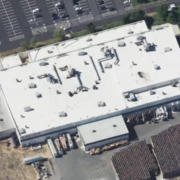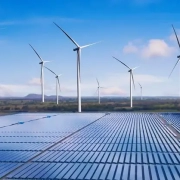Discussions of solar energy can be quick to point out its intermittent nature: the Sun does not always shine in any one place all the time. It does, however, shine quite a bit in the Mojave Desert in California. And as it happens, the Mojave is the location of a large new solar power plant integrated with battery storage. The Edwards Sanborn Solar and Energy Storage project incorporates the highest capacity solar farm in the United States with the largest battery storage system in the world.
The facility came online in February 2023 and became fully operational in January 2024. The OLI-2 (Operational Land Imager-2) on Landsat 9 captured this image of the project and its nearly 2 million solar panels on January 12, 2024. The site lies approximately 60 miles (100 kilometers) north of Los Angeles, in an area of the U.S. with some of the largest amounts of solar energy reaching the ground.
Click here to read the full article
Source: Earth Observatory
—
If you have any questions or thoughts about the topic, feel free to contact us here or leave a comment below.

